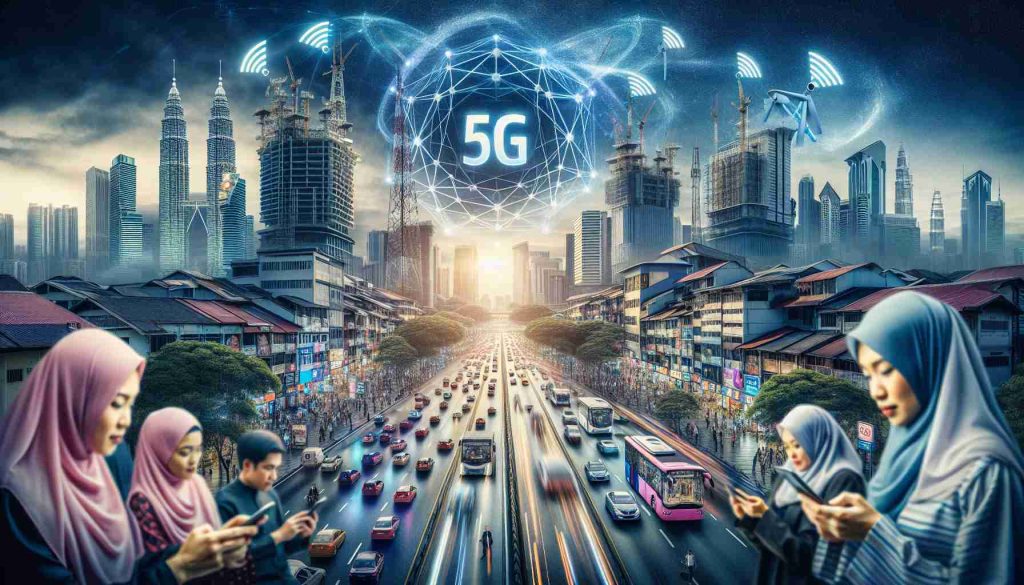In an unprecedented achievement, Apple’s flagship smartphone models have propelled the iPhone 15 to the top of global sales charts, outpacing all competition in the process. Aggregated market data for the third quarter of 2024 indicates that the iPhone 15 series, particularly the iPhone 15, iPhone 15 Pro, and iPhone 15 Pro Max, have incredibly high consumer demand. This raises the question: what factors are driving this success?
Sales analysis reveals that the demand for Apple’s flagship models is remarkably strong, influenced primarily by their reputation for high quality. Surprisingly, nearly half of these impressive sales are attributed to the iPhone 15 base model. This suggests that many consumers are attracted to the balance of advanced features and affordability it offers, as opposed to the higher-priced Pro and Pro Max models.
Conversely, Samsung’s Galaxy S24 series has secured a spot further down the list, with the Galaxy S24 model achieving the tenth position. Despite this, Samsung’s more economically priced models, such as the Galaxy A15 in both its 5G and 4G/LTE versions, are popular choices, showing a significant consumer interest in cost-effective options.
The launch of the iPhone 16 has become a point of speculation, with its advanced A18 processor and enhanced camera drawing attention. Nevertheless, with many users content with the iPhone 15’s excellent balance between features and price, it remains to be seen how its successor will affect Apple’s leading position in the market.
The Battle of the Smartphones: Beyond Apple’s Dominance
Unraveling the Smartphone Market: What’s Not in the Headlines?
While the spotlight may be on Apple’s iPhone 15 as it dominates global sales charts, there’s a myriad of lesser-discussed factors shaping the smartphone landscape, impacting how people and communities worldwide interact with technology.
The Environmental Implications of Smartphone Sales
A critical angle often overlooked in discussions about top-selling smartphones is environmental sustainability. With the escalating production of new devices, there is considerable controversy surrounding electronic waste. For example, the surge in demand for top models like the iPhone 15 significantly contributes to increasing e-waste. This raises questions about the responsibility of tech giants like Apple and Samsung regarding recycling programs and sustainable manufacturing practices. The environmental cost of constantly updating models affects not just consumers but entire communities, especially in regions where old electronics are discarded.
The Rise of Refurbished Phones
Interestingly, as flagship models like the iPhone 15 capture consumer attention, the market for refurbished or second-hand smartphones is thriving. Many consumers are opting for these more economical and environmentally friendly options, which offers advantages such as reduced electronic waste and accessible pricing for budget-conscious individuals. However, this trend also poses challenges for original manufacturers who have to further innovate and differentiate new models to compete with their own older, refurbished products.
Impact on Global Supply Chains
The demand for high-end smartphones drives complex global supply chains. The production of components such as advanced chips and cutting-edge displays involves multiple countries and suppliers. For instance, the anticipated release of iPhone 16 with an A18 processor potentially impacts manufacturing hubs around the world. This dynamic can either boost local economies or strain them under the pressure of meeting multinational corporations’ demands. Communities dependent on these factories face economic volatility as they pivot in response to fluctuating global market demands.
Advantages and Disadvantages of Rapid Technological Evolution
Advantages:
1. Technological Innovation: Continual advancements lead to better features, increased functionality, and enhanced user experiences.
2. Economic Growth: New smartphone releases can stimulate economic activity, affecting everything from retail operations to component manufacturing.
3. Consumer Choices: Consumers benefit from a broader range of phone options, catering to various needs and budgets.
Disadvantages:
1. Financial Strain: Frequent new model releases can pressure consumers to spend excessively to keep up with technological trends.
2. Environmental Concerns: The rapid turnover of electronics elevates issues of sustainability and increases carbon footprints.
3. Market Saturation: High production rates may lead to market oversaturation, impacting smaller tech companies’ ability to compete.
Future Implications
As we look forward, key questions arise: How will companies balance consumer demand with sustainable practices? Will the focus shift to developing regions more severely impacted by e-waste?
These issues highlight the importance of industries like technology striving for innovative yet environmentally responsible growth. For more insights into environmental and technological advancements, visit Apple or Samsung for their current tech and sustainability initiatives.
In the tug-of-war for smartphone supremacy, it’s essential to consider these broader impacts, which extend beyond sales figures, affecting societies, economies, and the environment at a global scale.























